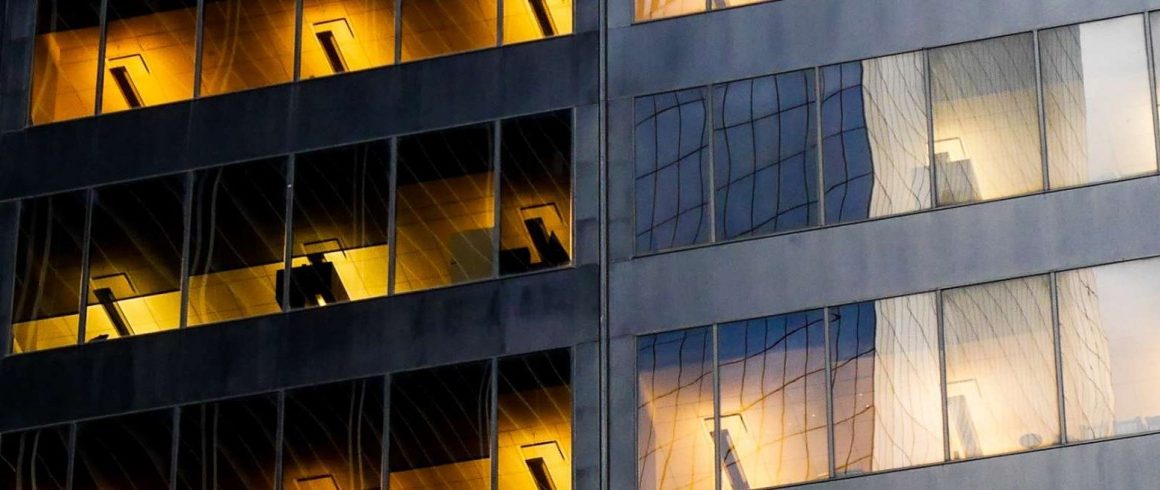Confused by Light ‘Colour Temperature’? Here’s How to Understand It
No doubt you remember learning the seven colours of the rainbow, maybe using the useful phrase “Richard of York Gave Battle in Vain” to help you recall all the colours – Red, Orange, Yellow, Green, Blue, Indigo, and Violet. Together, these seven colours make up the ‘white light’ that we are aware of every day.
Understanding Colour Temperature
‘Colour temperature‘ is a way to describe  the appearance of any artificial light source. It is measured in degrees of Kelvin (K) on a scale from 1,000 to 10,000.
the appearance of any artificial light source. It is measured in degrees of Kelvin (K) on a scale from 1,000 to 10,000.
Typically, the Kelvin temperatures of commercial and residential lighting fall somewhere between 2,000 K and 6,500 K on this scale.
The colour temperature of a light bulb or unit lets us know what the look and ‘feel’ of the light produced will be. It is assigned using a measurement known as correlated colour temperature (CCT). For example, if you heat up a metal object, the object appears to glow. Depending on the Kelvin temperature that the metal object is being heated at, the glow will be various colours, such as orange, yellow or blue. Thus, the colour temperature of light bulbs is meant to replicate the Kelvin temperature of the metal object.
How to Determine the Right Colour Temperature for Your Home or Workplace
Understanding colour temperature measured in degrees of Kelvin (K) makes it easier 
for you to choose lighting that gives you the look and feel you want. In many of the commercial projects we are involved with, Integra recommend light fittings with a colour of 4000K. This gives a bright, crisp feel to the working environment without creating a harsh glare. For a residential environment on the other hand, we would normally go for a warmer light, as it appears softer and gives a more relaxed feel.
Suiting the Colour Temperature to the Application
It is very important to choose the right colour temperature for the right application. This is especially the case in industries sensitive to colour rendering, such as food and clothing.
At the lower end of the scale, from 2000K to 3000K, the light produced is called “warm white” and ranges from orange to yellow-white in appearance. Colour temperatures between 3100K and 4500K are referred to as “cool white” or “bright white.” Light fittings within this range will emit a more neutral white light and may even have a slightly blueish tint.
Above 4500K brings us into the “daylight” colour temperature of the light spectrum. Light units with colour temperatures of 4500K and above will give off a blue-white light that mimics daylight.



